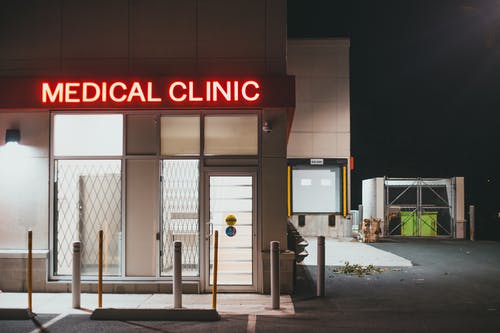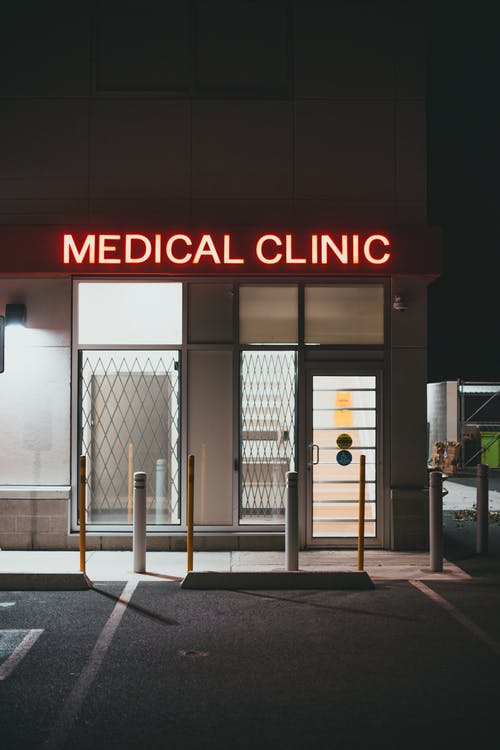Medical records are commonly incorrect and missing information.
Medical records can sometimes contain parse information about the reason for a patient’s visit, the condition treated, and other pertinent details should the patient need the records for other purposes. This was the case for a retired San Diego physician who wanted to get a second opinion on some vision issues that were getting progressively worse. When the visit details from his first ophthalmologist were forwarded to the second, however, he discovered that the records he needed to continue treatment were missing information. There was no mention of the growth on the surface of his lens that he wanted another opinion about, and there wasn’t a reference to his progressive vision impairment or family history of macular degeneration. The medication listed was wrong, as well.
“The record was completely inaccurate,” he said.

In early April of this year, a federal information blocking rule known as “Open Notes” was put into place in an attempt to combat issues with missing information and specifies that any healthcare provider must make sixteen categories of electronic records available to a patient upon request as soon as they’re able to. More categories will be added in the near future, and patients have the right to review their records dating back nearly twenty years when the Health Insurance Portability and Accountability Act (HIPAA) first took effect. Open Notes requires those reports to be accessible electronically now as well.
“One hundred percent of medical records have errors,” Heather Gantzer, MD, the past chair of the American College of Physicians’ Board of Regents, said confidently. “Some of them are nuisances, but some are really impactful and might make a huge difference for the person who was said to be on antibiotics but was not.” This includes not only missing information but a host of other problems.
One patient was shocked to read in her primary care physician (PCP)’s visit summary noted she was a “binge-drinker.” She had said she “might have a few drinks when she was out with friends.” Another patient’s chart indicated she’d been treated with antibiotics and nasal sprays for a cough. Those were never actually administered.
Gantzer gave an example of an error that might be detrimental to the patient, saying, “A doctor reads that her patient had an appendectomy – a note made in error. When the patient presents to the ED with abdominal pain and that history is reviewed, no one is going to consider appendicitis first.”
A 2020 JAMA study by Sigall Bell, MD, of Beth Israel Deaconess Medical Center in Boston, and colleagues, surveyed patients who were asked to access their clinical summaries from three different healthcare providers. “The response rate was a low 21.7%, but 21% of those who did read their notes saw a mistake, and 42% of them thought the error was serious,” the author wrote.
University of Illinois researchers trained undercover patients to covertly record visits with 36 physicians in a Veterans Affairs Health System. Their 2020 report found “636 documentation errors including 181 charted findings that did not take place.” Roughly “21 notes justified a higher billing level, with 40 office visits at a level 4 rather than the 23 justified by the audio recording, a 74% inflated misrepresentation,” they noted.
“As physicians, we really have to make the effort to make patients and families feel like they are partners in and are part of the care team,” said Fabienne Bourgeois, MD, an attending physician and associate chief medical information officer at Boston Children’s Hospital. “Errors are so common, because while a few physicians may write their notes during the patient visit, that’s not the usual practice. A lot of this happens after hours, late in the evening or the next day. Some clinicians are seeing 30 patients a day and documenting during that visit is not an option. It’s chaotic. There’s a lot going on.”
Sources:
Open Notes Shines Light on Errors in Patient Medical Records


Join the conversation!